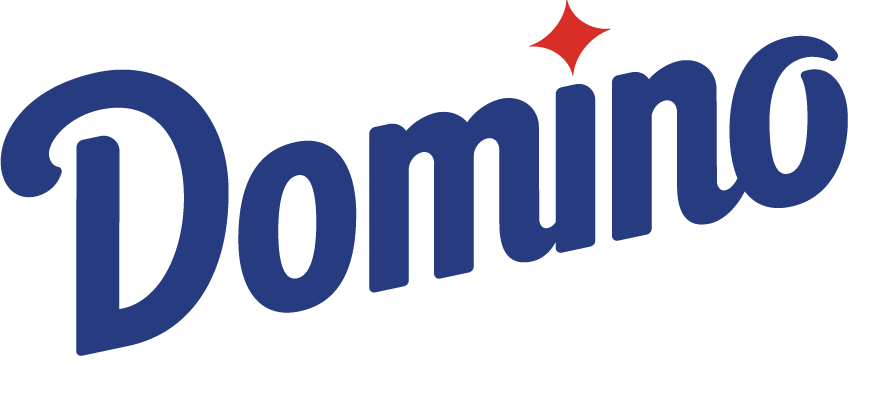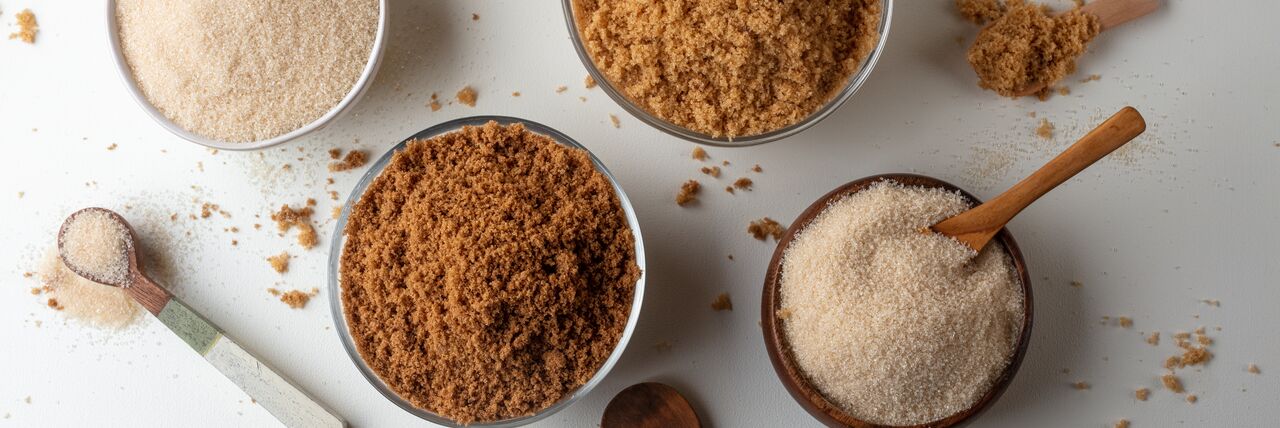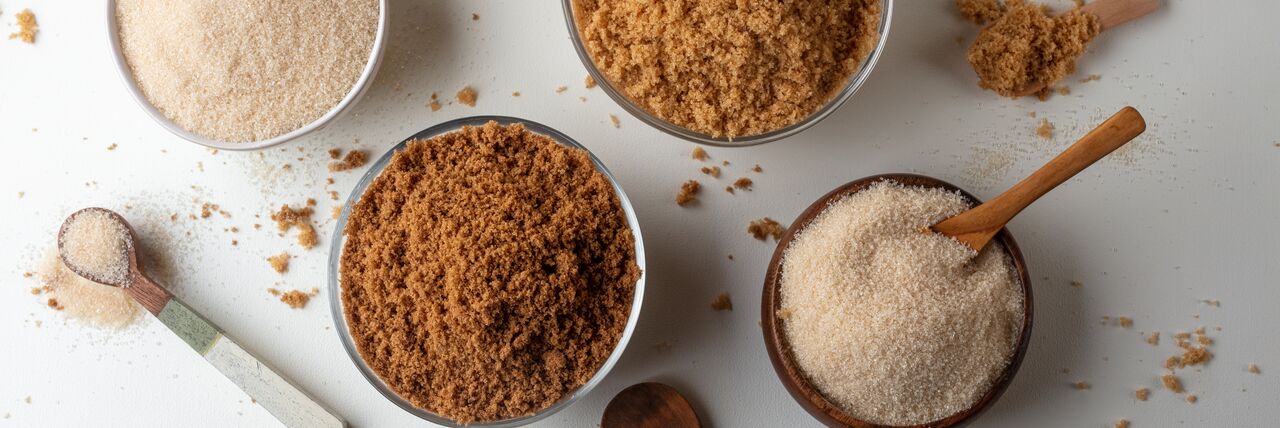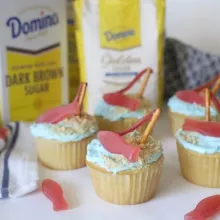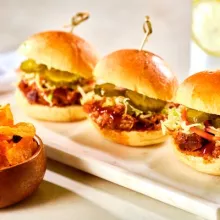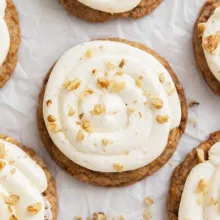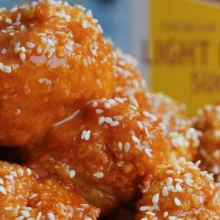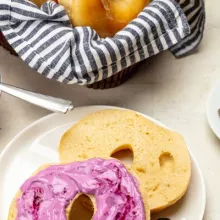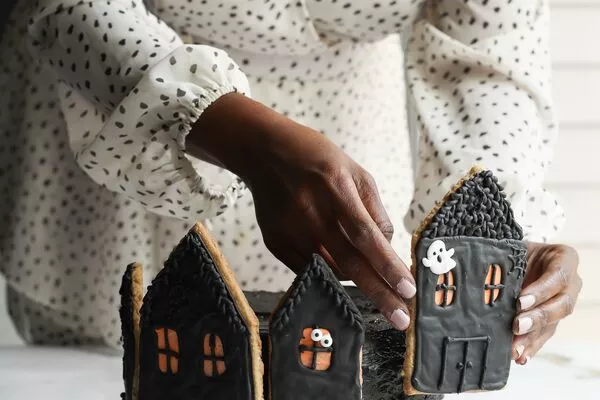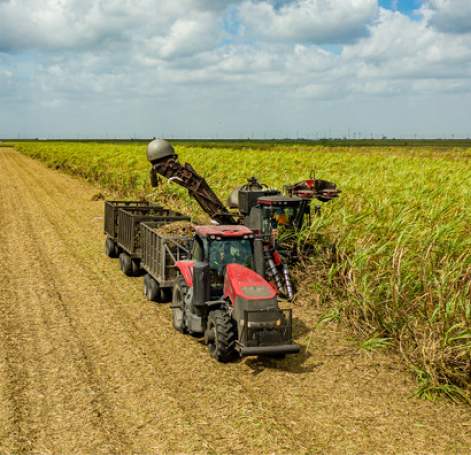
The Source Itself
While it is true that sugar can be made from other sources (beets, for instance), all “cane” sugars come from sugarcane, and that includes every sugar made by Domino®. The sugarcane plant is actually a type of grass that grows rapidly and efficiently to produce sucrose, the ingredient that makes all cane sugars sweet, and molasses. And it is molasses content that sets golden and brown sugars apart.
Our sugar comes from sugarcane, pressed to release its coveted sweet cane juice, that is then crystallized into raw sugar. From there, our experts with decades of experience are able to turn this into an array of delicious Domino® Sugar products by crafting each batch to the highest standards.
Sugarcane is a “C4” plant capable of efficiently removing CO2 from the atmosphere.
While just 3% of plants on Earth are labeled “C4,” this vegetation is responsible for 25% of all CO2 fixation.
A single stalk of sugarcane contains 30 tsp. of sugar, 6 tsp. of molasses, 1 qt. of water and 6 oz. of plant fiber also known as “bagasse.”
The best part is that all these ingredients can be put to good use, either in the final product itself or, in the case of the extracted water and bagasse, as reclaimed resources to be used during the sugar-making process.
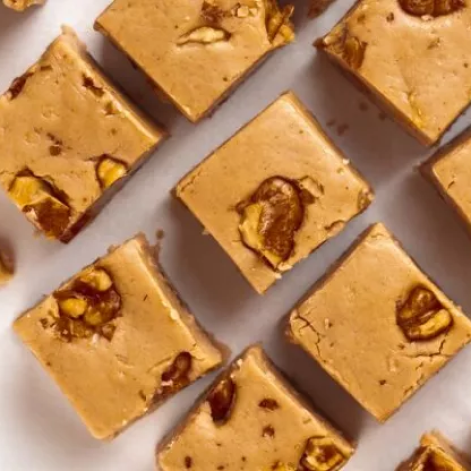
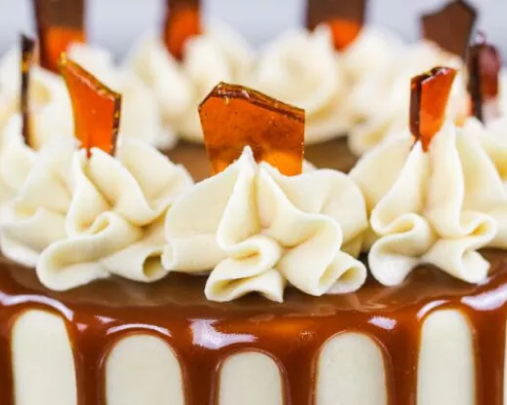
The molasses we eat comes only from sugarcane
Only sugarcane molasses is used to make brown sugar whether it comes from sugarcane or beets. This is because the molasses from beets has different flavors and consistencies.
The flavor compounds in molasses are referred to as “ash,” though they bear no resemblance to the ash from a fire.
Instead, much like a fine wine, these trace amounts of minerals come from the soil composition of the area in which the sugarcane was farmed and help to make the taste profile of molasses from one region distinct from that in another.
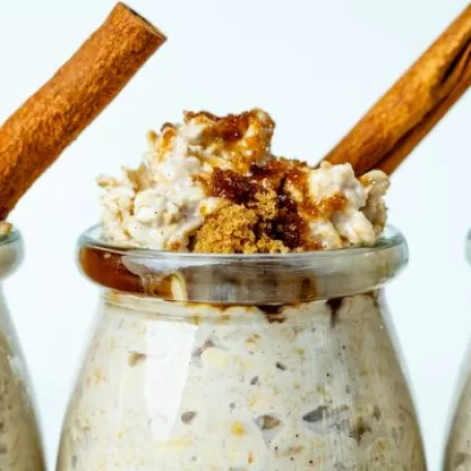
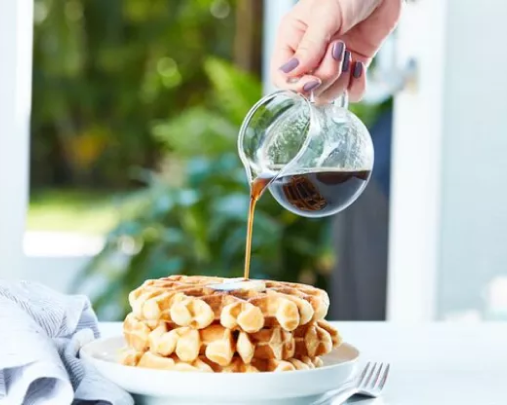
During refining, “invert” sugar is formed.
This thick, sticky syrup is created when sucrose breaks down into glucose and fructose, and is responsible for the hygroscopic nature of sugar itself.
Larger crystals are drier, while smaller ones help retain moisture.
This might seem counter-intuitive, but a larger number of smaller crystals actually has more surface area that can trap moisture than a smaller number of larger crystals, even if the amount (say, 1 cup) is the same.
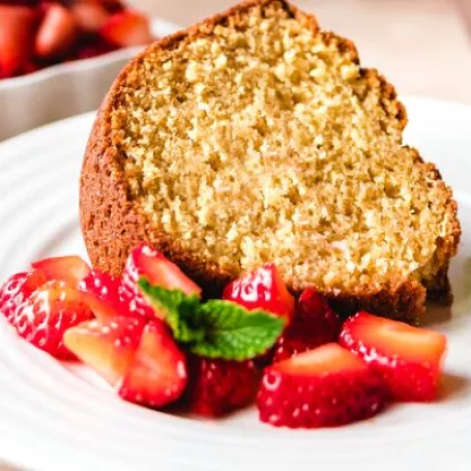
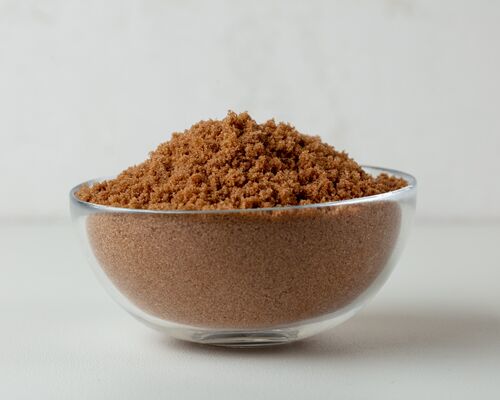
The Benefits of Brown Sugar
Now that you know a bit more about where these cane sugars come from, what they offer and how they can impact your next recipe, we invite you to give them a try. You will love the versatility they offer, and your guests will love the results as well.
